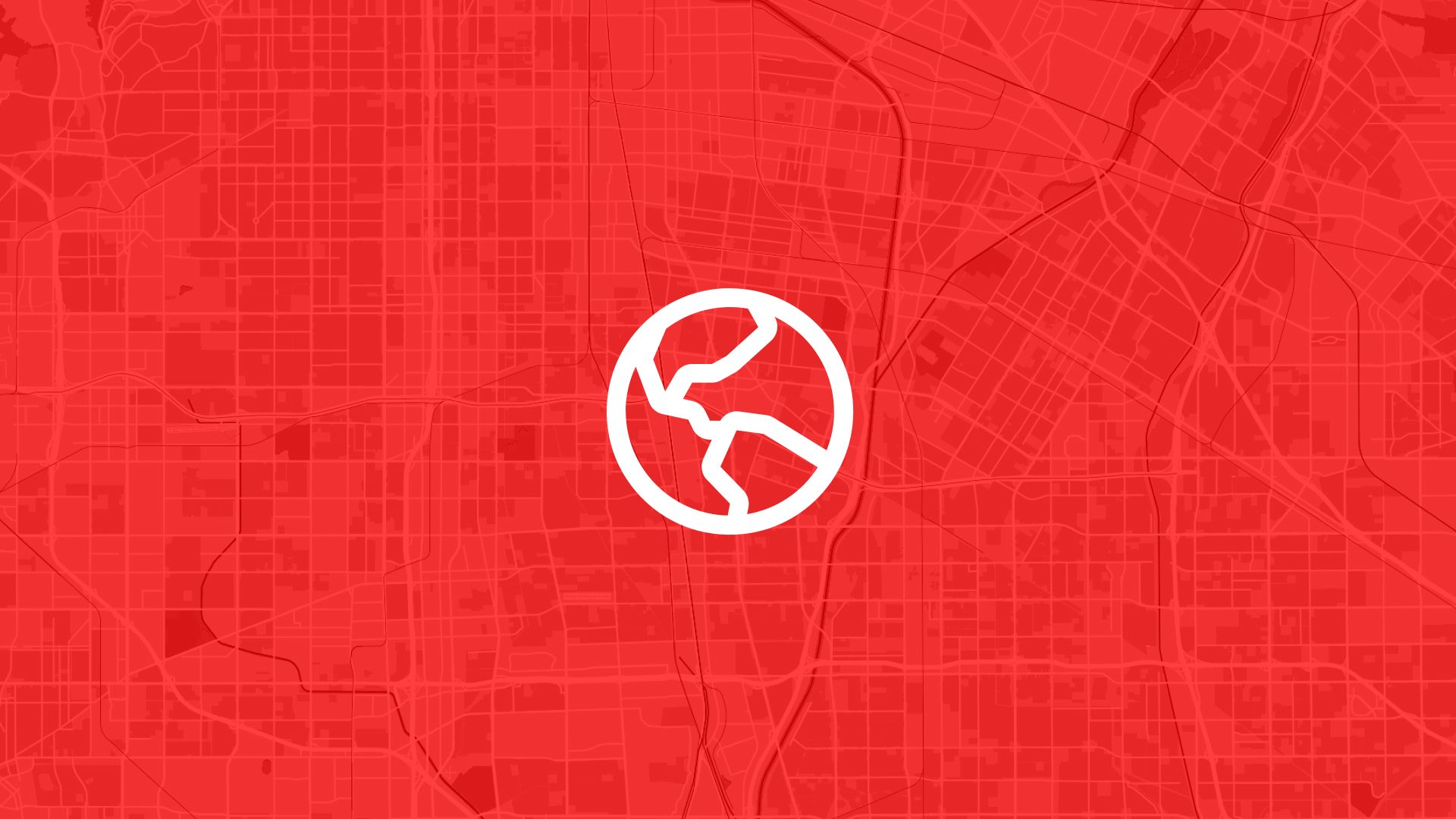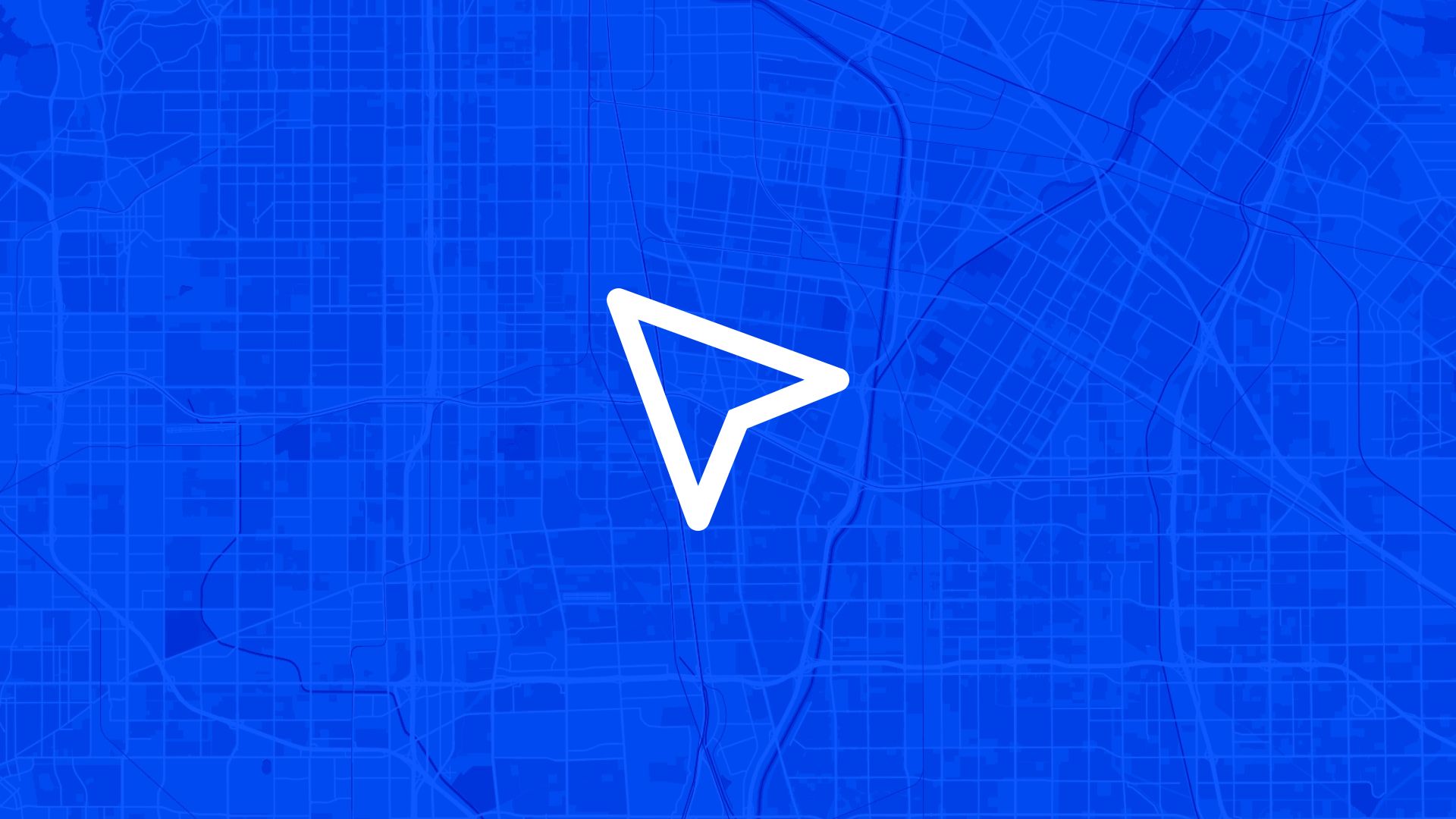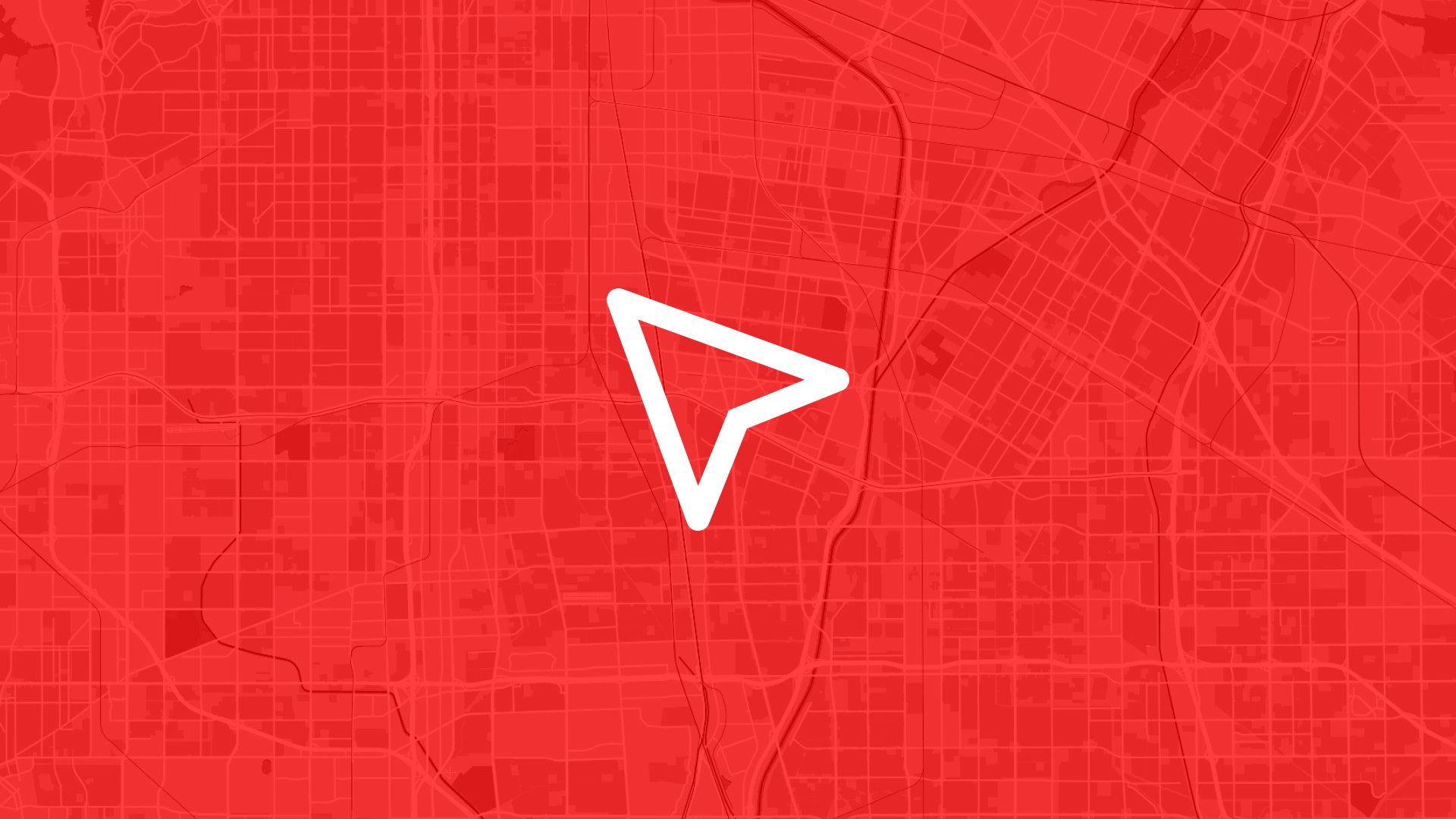The most effective parks and recreation planning strategy combines comprehensive location analysis with public input integration to reveal exactly which park sites require community feedback, minimize development conflicts, and maximize recreational value through strategic park communication and input-based planning optimization.
If your park planning relies only on demographic studies, basic site assessments, or development processes that lack interactive visualization and comprehensive public input assessment, you're missing the planning intelligence that determines recreational success, community acceptance, and park effectiveness. That's why experienced planners ask: can we collect public input on future park locations to identify community preferences, evaluate site suitability, and optimize recreation strategies based on comprehensive park analysis and input-based parks and recreation planning coordination?
With Atlas, you can create comprehensive park location analysis that combines recreation data with community intelligence for actionable development decisions. No complex park planning software, no uncertainty about community patterns, no barriers to understanding recreational opportunities. Everything starts with clear geographic visualization and meaningful input assessment.
Here's how to set it up step by step.
Why Collecting Public Input on Future Park Locations Matters for Parks and Recreation Planning
Creating comprehensive park location analysis and public input integration enables better recreational planning and more effective community park development across diverse recreation projects.
So collecting public input on future park locations isn't just convenient recreation visualization—it's essential urban intelligence that transforms park data into strategic community insights for successful recreational planning.
Step 1: Set Up Comprehensive Park Location Data and Public Input Intelligence Integration
Atlas makes it easy to create detailed recreation analysis with comprehensive park location proposals and public input evaluation:
- Upload park location data including potential sites, acreage assessments, accessibility features, and development constraints organized by geographic neighborhoods for input analysis and community targeting
- Add public input information showing recreational preferences, facility priorities, accessibility needs, and usage patterns that correlate with parks requirements across different park location areas
- Import community coordination data connecting neighborhood groups, youth organizations, senior centers, and engagement factors that drive participation within specific park areas and input combinations
- Include recreation context information showing population density, existing facilities, transportation access, and demographic conditions that affect park planning and community coordination within different areas
Once configured, your park analysis provides the geographic foundation for comprehensive recreational discovery and planning optimization.
Step 2: Create Park Location and Public Input Visualization
Next, build parks planning visualization that reveals community patterns and recreational opportunities across park location areas:
You can display different input approaches:
- Community clustering maps showing geographic concentrations of park locations with similar input characteristics and engagement requirements that reveal optimal participation areas and site concentrations
- Input classification analysis displaying recreational categories, facility priorities, and community needs within different geographic areas for strategic parks positioning
- Engagement effectiveness visualization revealing park characteristics, input potential, and community-planning alignment that support targeted recreational strategies and participation optimization opportunities
- Combined location-input scoring integrating park locations with public input to identify areas with optimal combinations of recreational efficiency and community coordination
- Development feasibility assessment showing high-priority park locations, input gaps, and locations where targeted engagement can improve planning outcomes
- Community recreation evaluation mapping location-input combinations with optimal participation characteristics, community alignment, and recreation conditions for successful park development
Each visualization approach reveals recreation characteristics that inform park strategy decisions, location management, and input-based community targeting.
Step 3: Analyze Park Patterns and Recreation Development Opportunities
To extract recreation insights from park locations and public input analysis:
- Identify optimal development sites discovering neighborhoods with favorable community response, input accessibility, and park characteristics that support successful recreation planning operations
- Evaluate community targeting potential understanding park patterns, input requirements, and participation behaviors that enable effective recreation positioning and park optimization within specific location-input combinations
- Assess recreation investment efficiency analyzing how park locations provide optimal return on community investment, engagement costs, and recreational effectiveness across planning areas
- Compare input scenarios evaluating park characteristics, community accessibility, and participation conditions across different areas to optimize recreation strategy and engagement prioritization
- Discover recreational opportunities using park analysis to identify recreation-input combinations where targeted engagement can capture additional community value and optimize park performance
Park locations and public input analysis reveals recreational opportunities and planning optimization strategies that maximize urban effectiveness and community engagement.
Step 4. Enable Planning Team Coordination and Recreation Discovery Assessment
To support recreation operations and park-based recreational discovery:
- Create engagement targeting dashboards providing recreation teams with comprehensive park analysis, input evaluation, and community intelligence
- Set up community coordination tools helping recreation teams understand park patterns, assess engagement opportunities, and coordinate input strategies based on recreational analysis
- Add stakeholder communication enabling clear presentation of park patterns, recreation insights, and community opportunities to city officials and parks stakeholders
- Include recreational assessment providing park discovery analysis for recreation programs, input strategies, and community initiatives based on location-based targeting
- Configure performance management using park data to support engagement performance tracking, recreation discovery optimization, and strategic location targeting across multiple parks planning areas
Recreation discovery intelligence becomes actionable across planning teams, enabling coordinated park strategies and informed input-based decisions.
Step 5: Optimize Recreation Strategy and Location-Driven Community Engagement
To use park analysis for strategic recreation development discovery:
- Plan location-specific engagement using park analysis to identify optimal community areas and coordinate engagement efforts within locations showing favorable location-input alignment and recreational potential
- Optimize recreation management understanding park patterns and community requirements to maximize recreational effectiveness and minimize engagement costs across optimal parks areas
- Coordinate engagement strategies using park analysis to plan recreation workshops, notification protocols, and community targeting strategies that leverage neighborhood advantages
- Design participation campaigns analyzing park patterns and community characteristics to plan engagement campaigns, input positioning, and participation experience that optimize location utilization
- Plan recreational expansion understanding park trends and input evolution to design recreation strategies that capture optimal community areas and specialized parks markets
Step 6: Integrate Recreation Discovery Analysis with Parks Management Systems
Now that comprehensive park locations and public input analysis are complete:
- Export recreation intelligence for integration with parks planning platforms, community engagement systems, and recreational coordination tools
- Create park support using recreation and input analysis to inform park campaigns, community targeting, and urban recreation strategies
- Set up community coordination providing discovery analysis for park planning, engagement programs, and recreational initiatives within parks planning areas
- Design performance management using park analysis to support engagement performance tracking, recreation discovery optimization, and strategic targeting across multiple parks planning areas
- Generate recreation intelligence supporting parks consulting, recreational discovery analysis, and park investment decisions with comprehensive location and input evaluation
Your recreation discovery analysis becomes part of comprehensive urban development that creates better recreational outcomes through park intelligence and strategic input-based recreation targeting.
Use Cases
Collecting public input on future park locations is useful for:
- Parks planning managers identifying optimal engagement locations and evaluating community potential based on comprehensive park locations and public input analysis
- Recreation development specialists evaluating site opportunities and planning participation strategies based on park patterns, input requirements, and neighborhood intelligence
- Community engagement coordinators assessing recreation coordination opportunities and planning community parks based on location insights, input alignment, and engagement identification
- Parks consultants evaluating engagement strategies and planning recreational positioning based on park analysis, community targeting, and input optimization
- City recreation analysts supporting park development with recreation discovery analysis based on engagement performance, park patterns, and community opportunities
It's essential for any parks and recreation coordination where success depends on understanding park patterns and making community-informed decisions about site targeting and recreation strategy optimization.
Tips
- Consider demographic diversity mapping analyzing not just population density but also age distributions, family compositions, and cultural preferences that affect comprehensive recreational programming and facility design
- Evaluate accessibility compliance integration understanding how ADA requirements, universal design principles, and mobility device accommodation correlate with park location effectiveness and community inclusion
- Include environmental impact assessment analyzing how park locations affect stormwater management, habitat preservation, and environmental sustainability considerations in comprehensive planning
- Plan for maintenance cost modeling understanding how different park sizes, facility types, and landscape features correlate with long-term maintenance requirements and operational sustainability
- Combine with connectivity analysis analyzing how park locations integrate with trail systems, transit access, and pedestrian networks for comprehensive recreational accessibility
Collecting public input on future park locations in Atlas enables comprehensive recreation discovery and evidence-based parks planning strategy development.
No separate parks management software needed. Just analyze park patterns and input characteristics geographically, evaluate recreational opportunities, and discover the recreation intelligence that optimizes site targeting and location-based parks and recreation planning.
Planning and Public Feedback with Atlas
Effective planning isn't just about technical analysis—it's about understanding community needs, optimizing public engagement, and maximizing stakeholder participation in development decisions.
Atlas helps you turn planning data into community insights: one platform for recreation analysis, public engagement, and strategic park coordination.
Transform Planning Data into Community Intelligence
You can:
- Analyze recreation patterns, community feedback, and engagement opportunities that affect park effectiveness
- Evaluate multiple planning scenarios simultaneously and compare them based on community support, feasibility, and strategic value
- Identify optimal recreation opportunities by combining location analysis with community insights and participation intelligence
Build Planning Strategies That Drive Community Success
Atlas lets you:
- Score and rank recreation options based on community feedback and planning objectives
- Generate comprehensive engagement profiles that support planning decisions and stakeholder coordination
- Export planning intelligence for integration with community platforms, planning systems, and recreation tools
That means no more guessing about community support, and no more uncertainty about which recreation offers the best planning potential.
Discover Better Recreation Through Community Intelligence
Whether you're developing park strategies, planning community engagement, or building recreation optimization programs, Atlas helps you turn planning data into community advantage.
It's urban planning—designed for community precision and recreation success.
Optimize Your Planning with the Right Tools
Urban planning is complex, but community intelligence can be simple. Whether you're analyzing park locations, evaluating recreation sites, assessing community opportunities, or planning public engagement—understanding your community matters.
Atlas gives you both precision and insight.
In this article, we covered how to collect public input on future park locations, but that's just one of many ways Atlas helps you manage planning.
From recreation analysis to community assessment, engagement evaluation, and park planning, Atlas makes urban planning accessible and actionable. All from your browser. No planning expertise needed.
So whether you're developing community strategies or building any type of planning-focused recreation program, Atlas helps you move from "guessing about parks" to "targeting proven community engagement" faster.
Sign up for free or book a walkthrough today.





